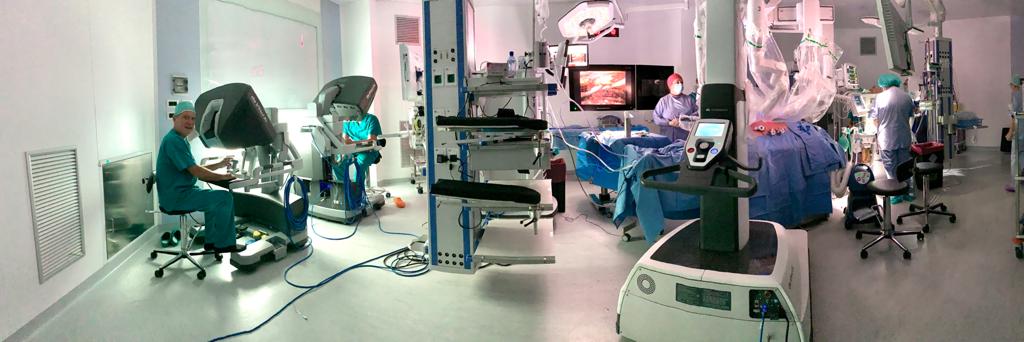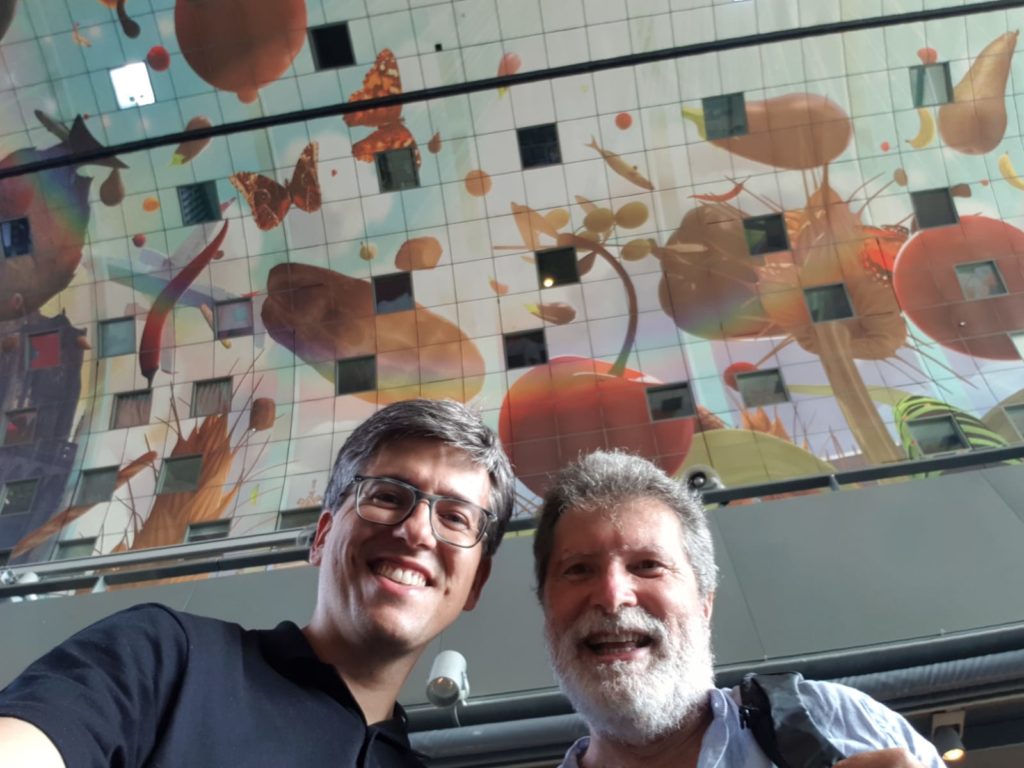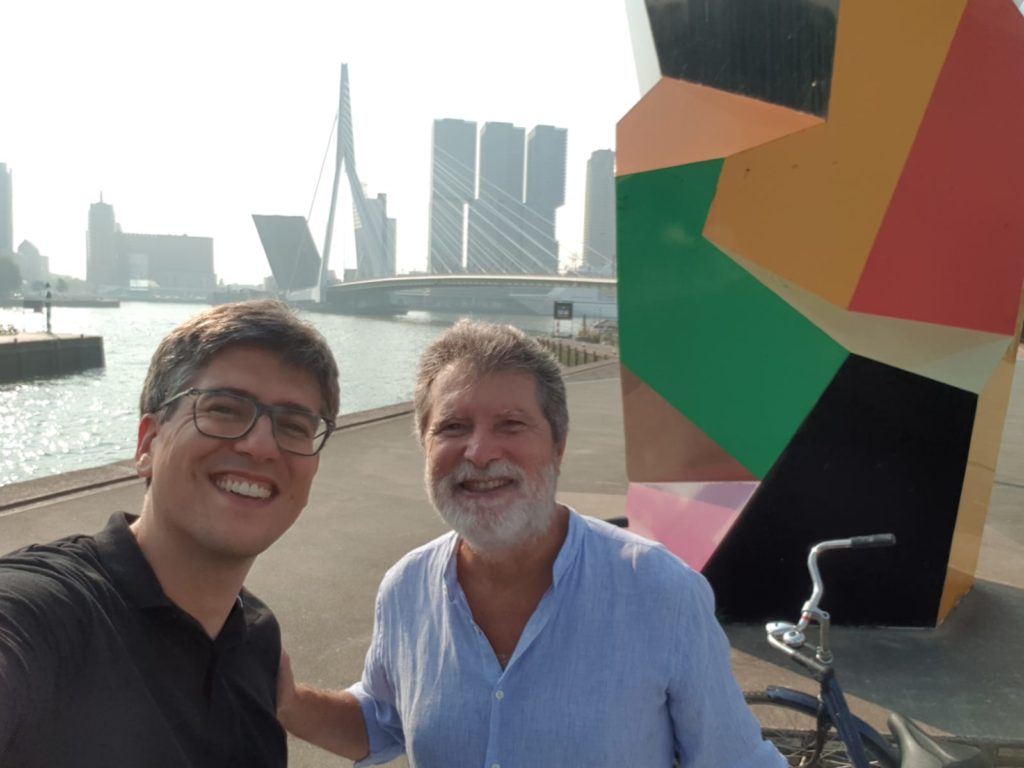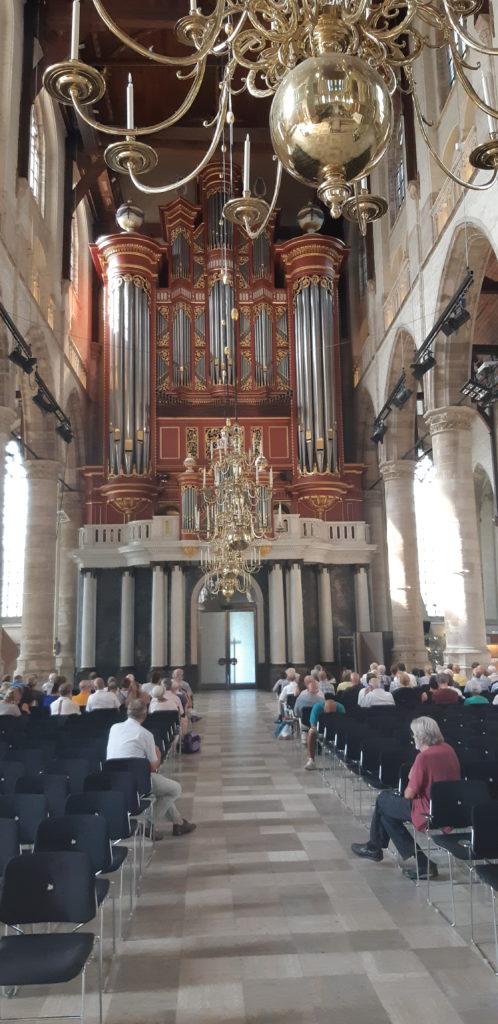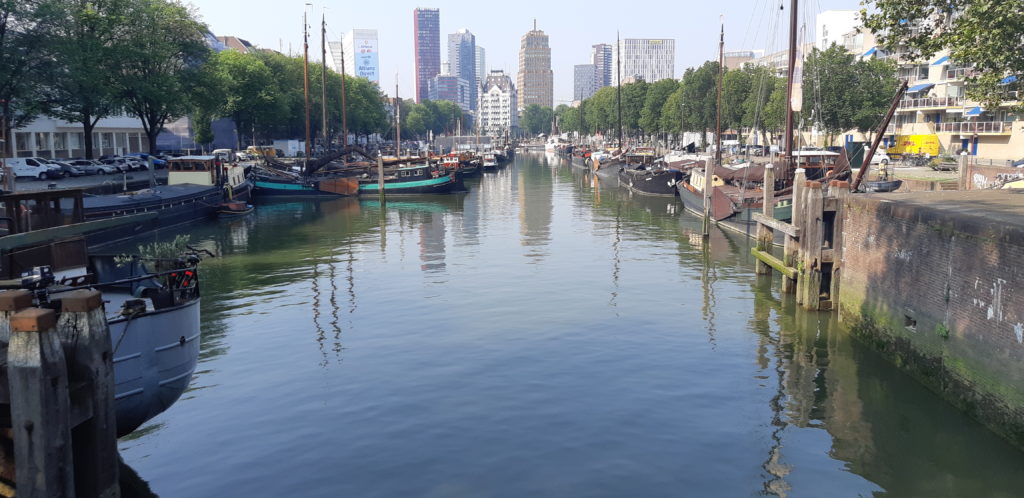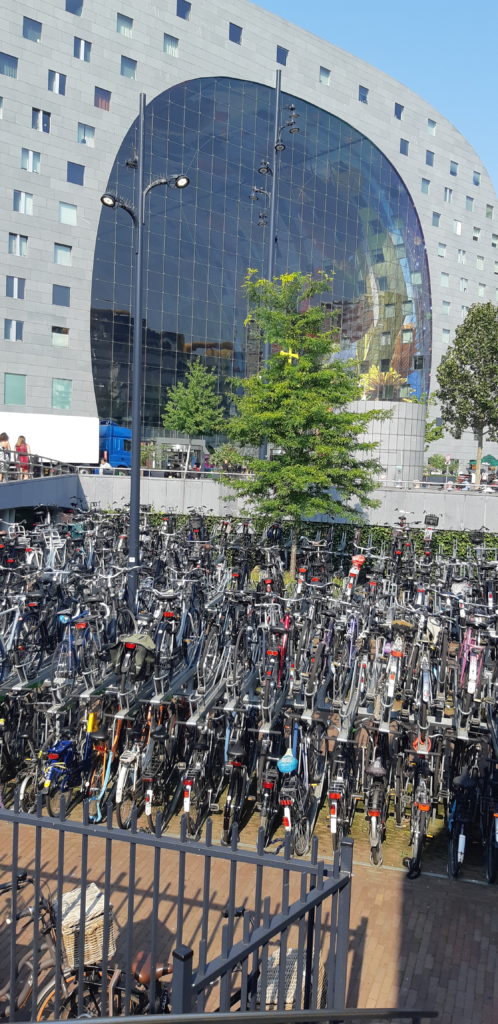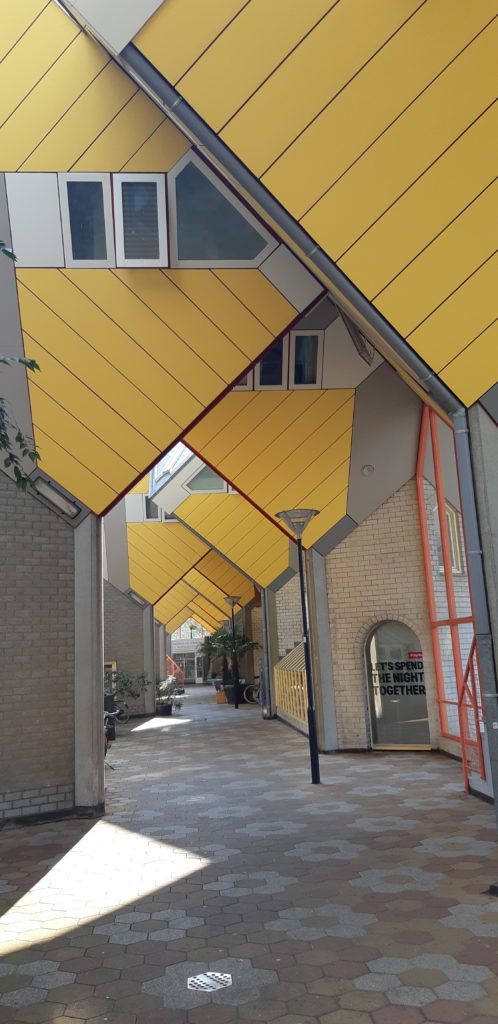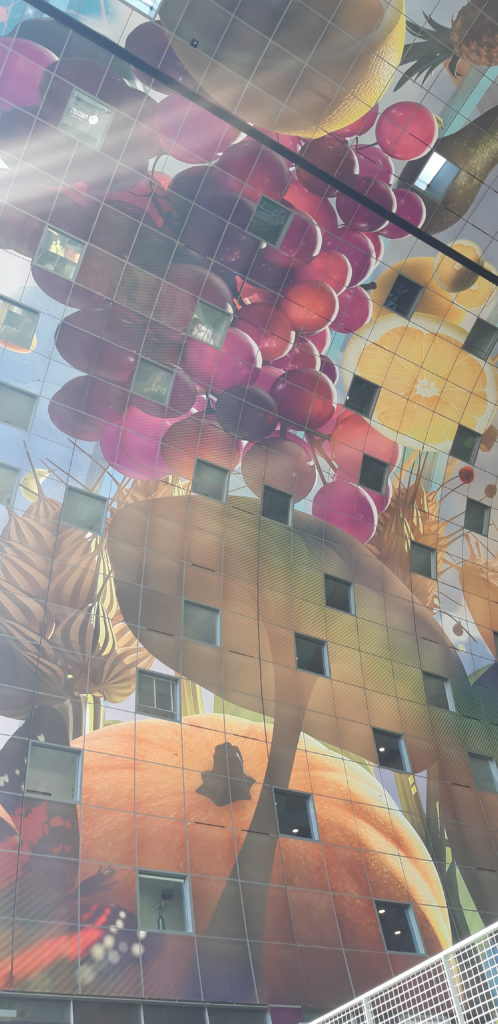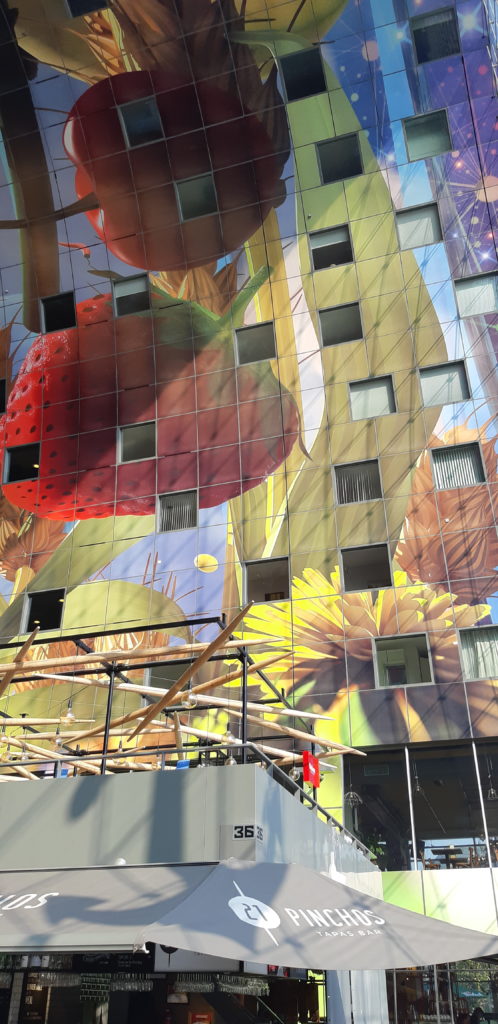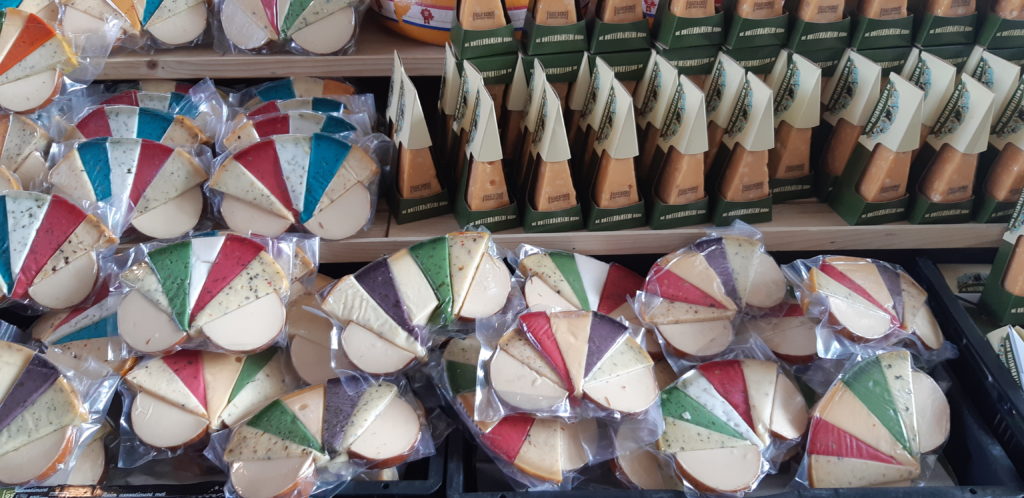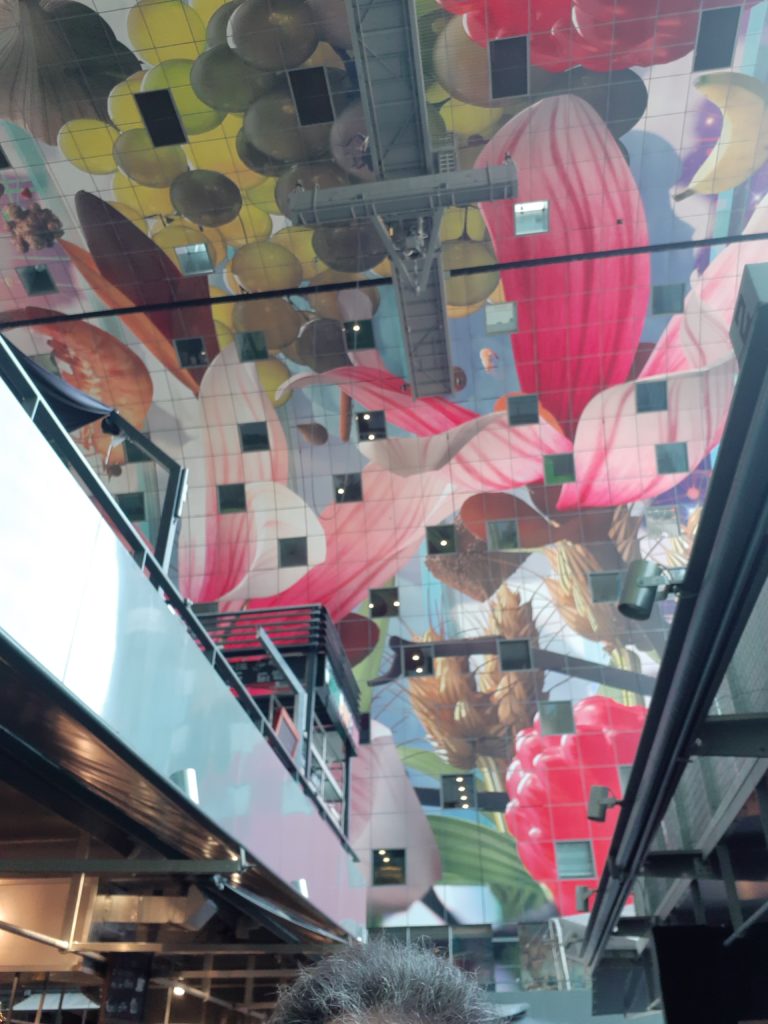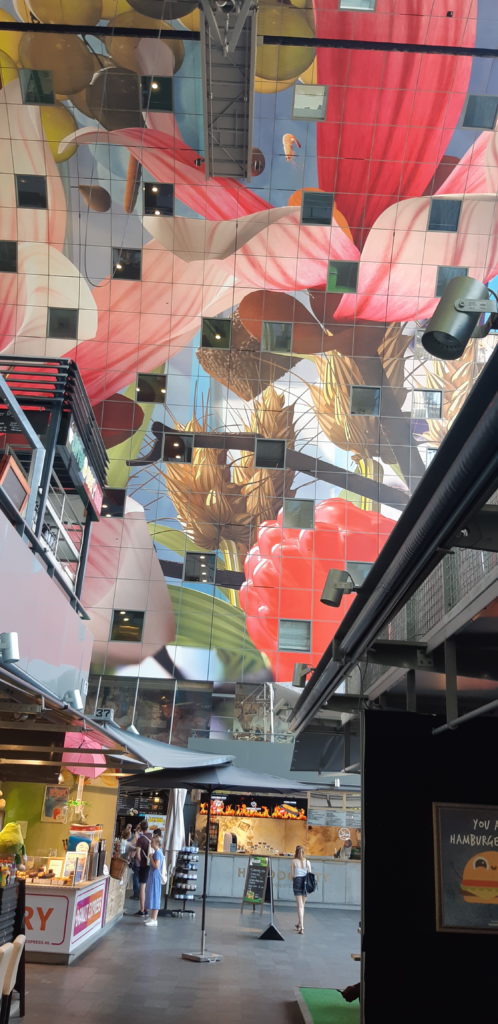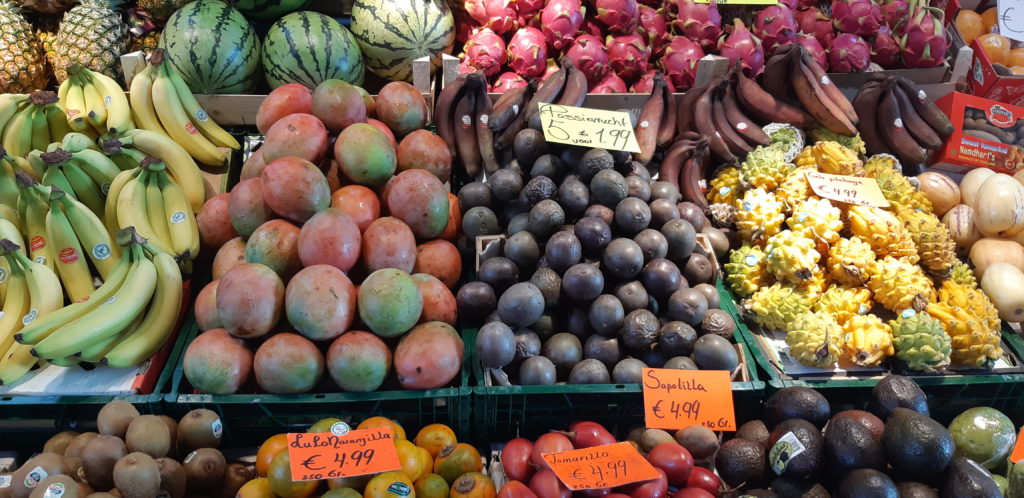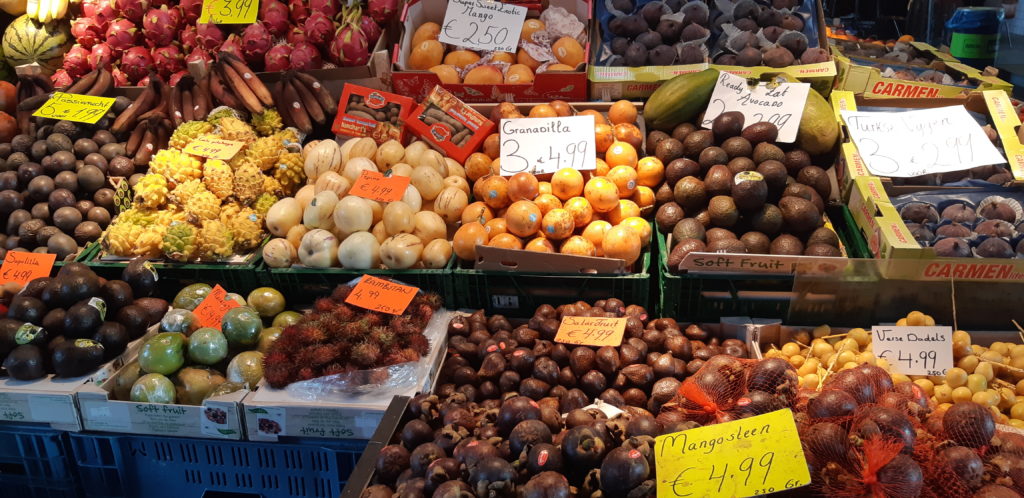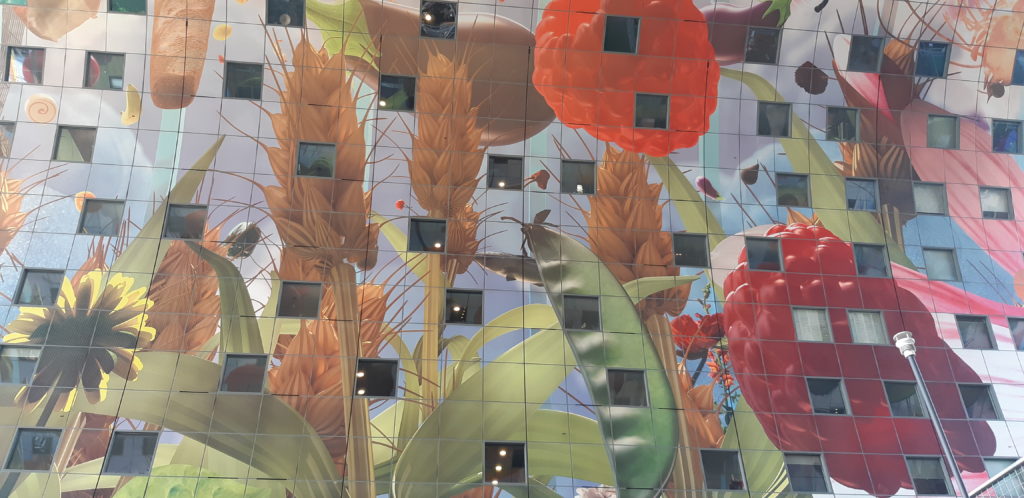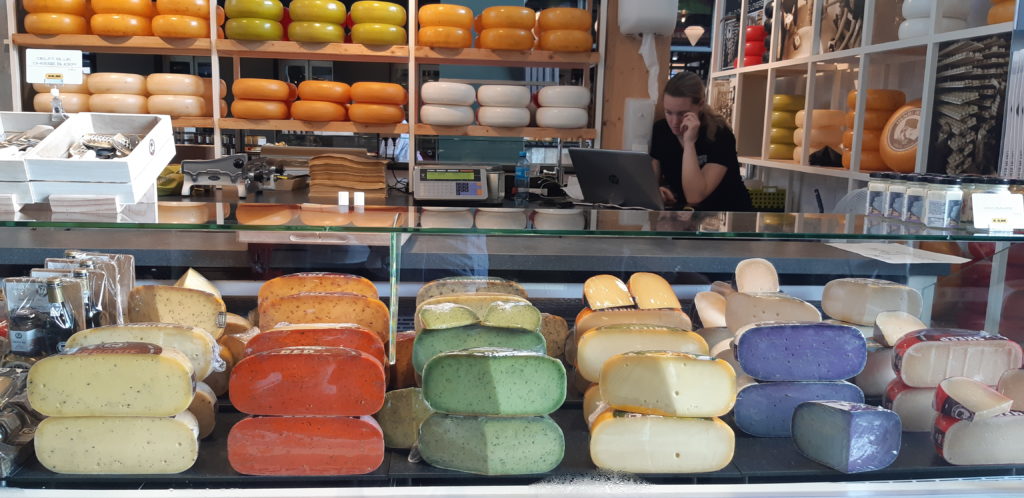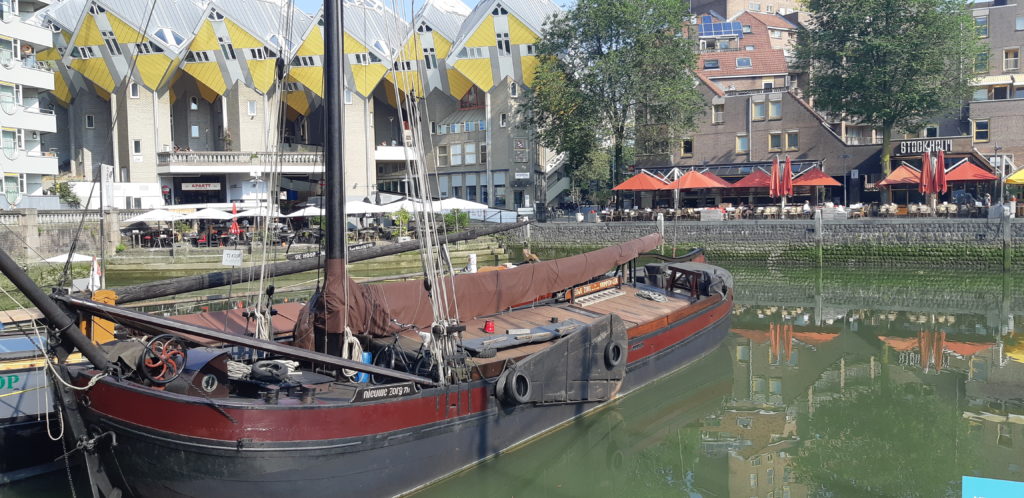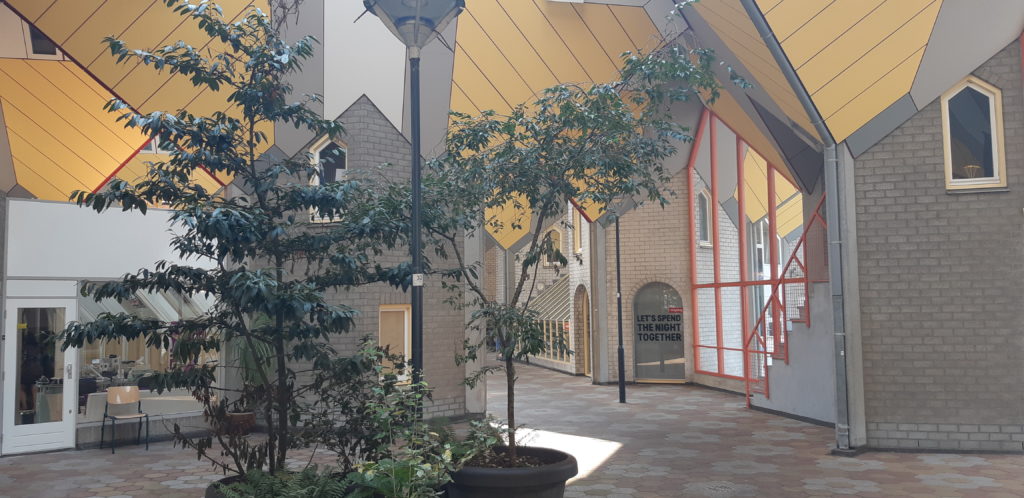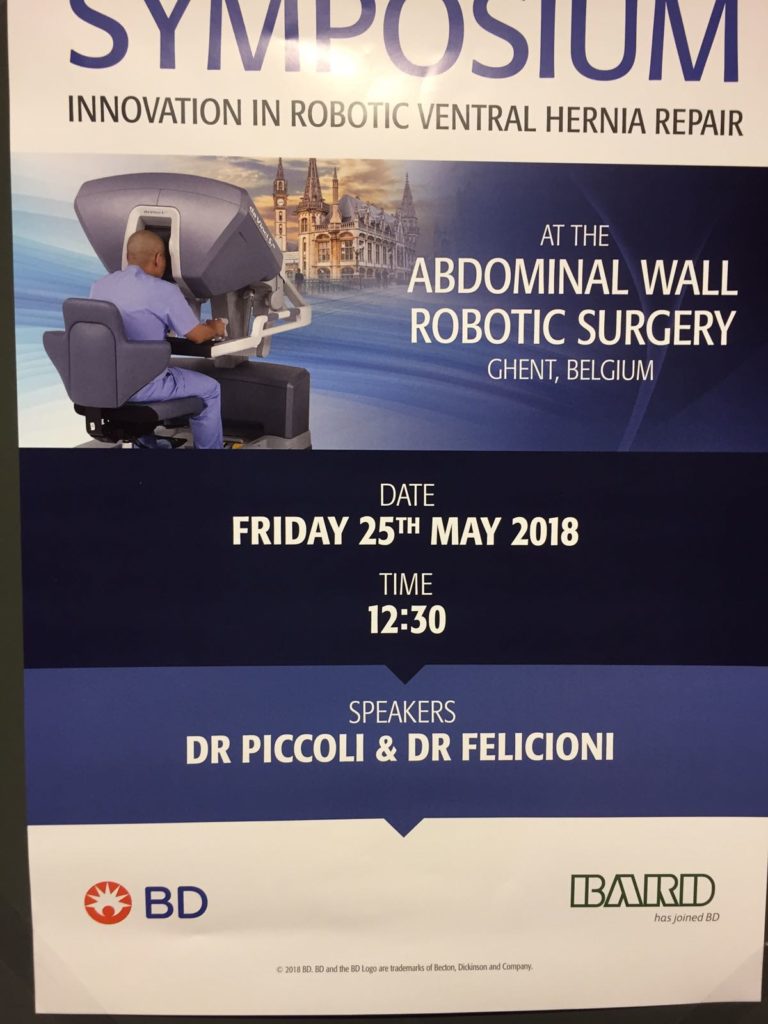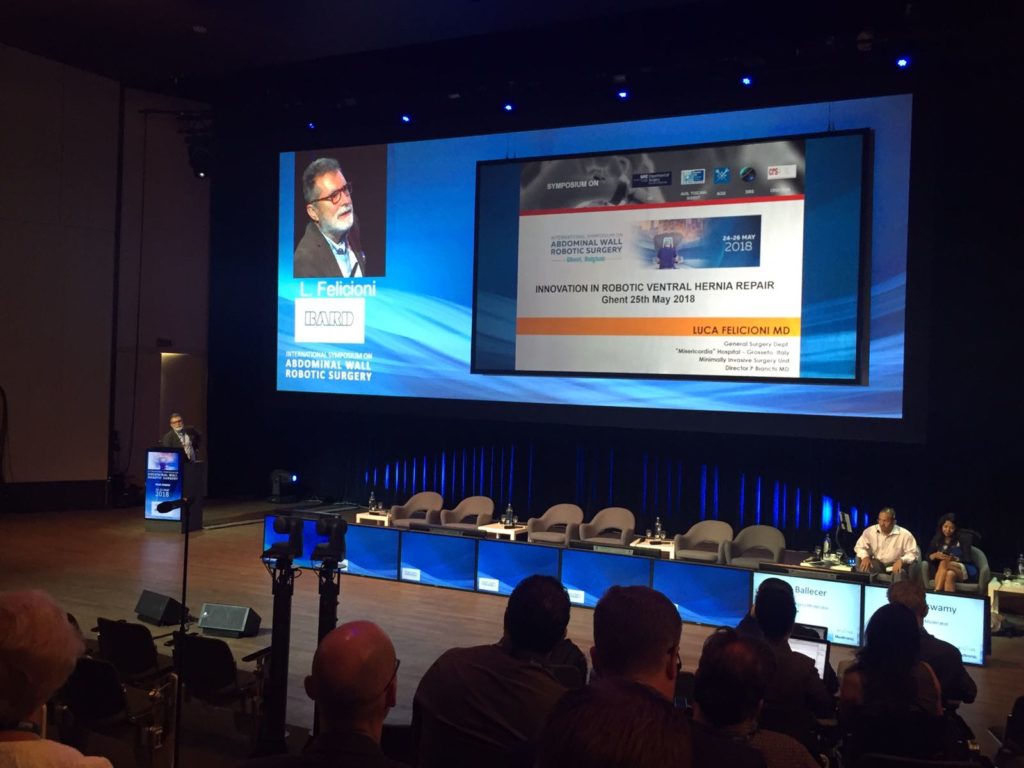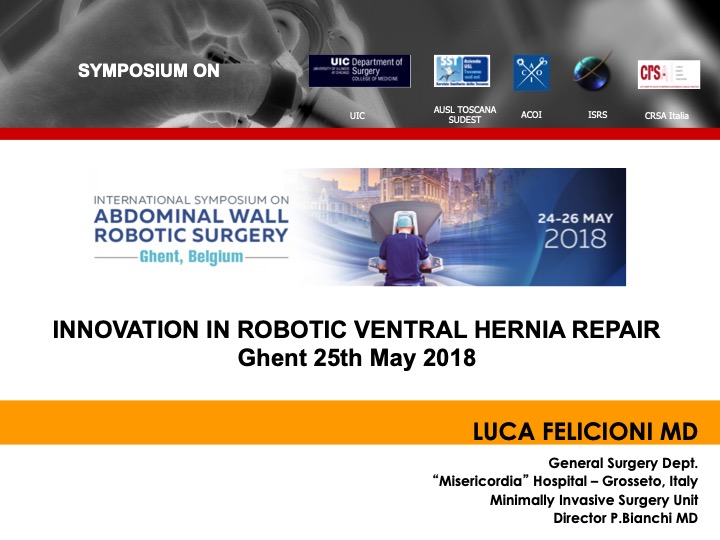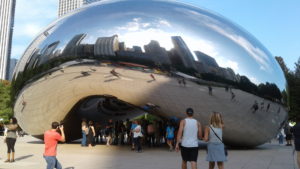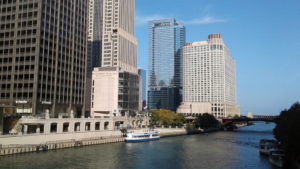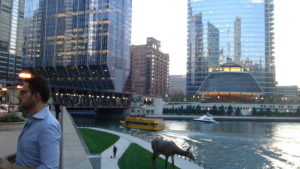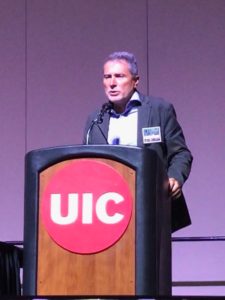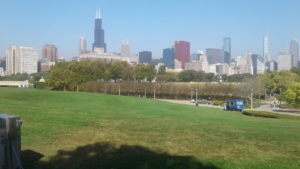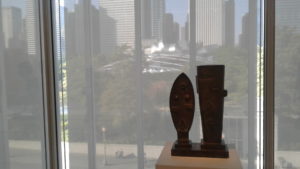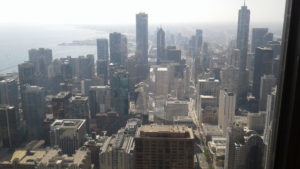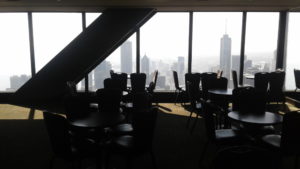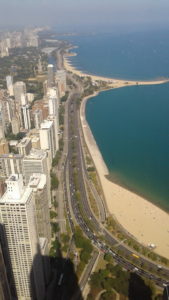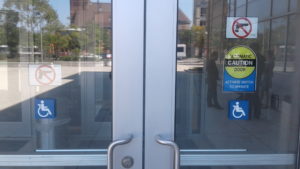Quando Francesco mi propose l’incontro a Rotterdam con un gruppo di accademici dell’Erasmus University pensai subito ai colori di una terra che non conoscevo e ,come sempre in questi casi ,utilizzai lo stereotipo di sempre di una Olanda dal mare e cielo grigi.Sapevo che Rotterdam era un grande porto completamente distrutto durante i bombardamenti della seconda guerra mondiale e mi convinsi che di interessante dal punto di vista storico-artistico non doveva esserci nulla e poi quel grigio……
Archiviai la cosa ,preparai il materiale e portai indumenti da acqua!
L’impressione fu quindi ancora più’ forte nel costatare ,sin dall’atterraggio, che i colori erano vividi e trasparenti, luminosi come solo il grande nord sa fare e sconcertato pensai che tutto sarebbe cambiato all’indomani.Nuvole ed acqua, sicuramente!
Nulla di più’ sbagliato:colori smaglianti con sole prepotente per tutto il soggiorno.Porto moderno con strutture grandiose, materiali high tech, equilibrio perfetto tra terra e mare, dighe e ponti, imbarcazioni e biciclette.
Rotterdam è una grande realtà che va conosciuta ed apprezzata per la propria forza e bellezza.Presi una bici e non sono più’ sceso.Avrei preso volentieri anche una barca a vela, ma avevamo poco tempo e volevamo vedere tutto.Se dovessi sintetizzare è una grande capitale del colore e della architettura, della linea e del contrasto.Commercialmente magnifica,paesaggisticamente intensa come non credevo.E poi i due ingredienti fondamentali acqua e verde.Le mie due passioni.Tutto cio’ che si può’ realizzare sul mare e tutto ciò’ che può’ interessare un botanico.Mai vista tanta frutta tropicale fuori dai tropici, isole verdi perfette, amore per la vegetazione ed i fiori, altro che grigio……
Cosi il mio umore si è subito impennato, calda accoglienza all’Università con quello stile autoironico e per nulla provinciale che invidio a tutta l’area scandinava e dei Paesi Bassi.Così si fa!Poca retorica, aderenza ai fatti,curiosità intellettuale.D’altra parte Erasmo non era nato a caso a Rotterdam!Incontro stimolante sul cianoacrilato in chirurgia di parete:noi come sempre avanti sulle indicazioni chirurgiche, loro come sempre perfetti nel metodo.L’Europa sarebbe grandiosa se riuscisse ad unire davvero il sud ed il nord del pensiero contemporaneo!
Soddisfatti,con grande semplicità ed amicizia ci siamo rilassati in un locale cantonese memorabile.Livello qualitativo davvero alto, perfetto per tirare fuori un fiume di idee e progetti….
La mattina eravamo quindi eccitati e pronti a prenderci un margine di gratificazione in questa meraviglia del commercio mondiale e dell’innovazione sostenibile.Anche Francesco mi ha confermato che è stato un ciclo-tour stuzzicante e davvero colorato…….altro che cieli grigi!
